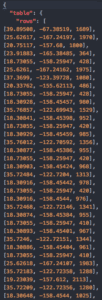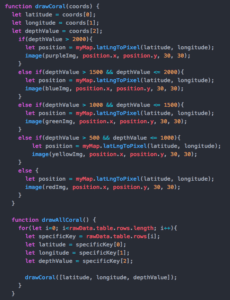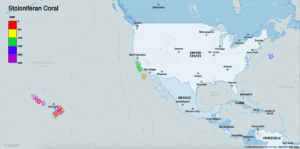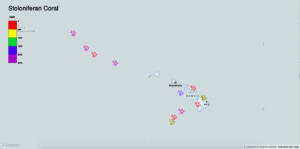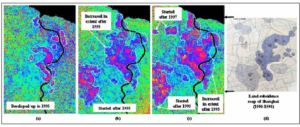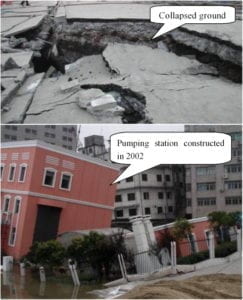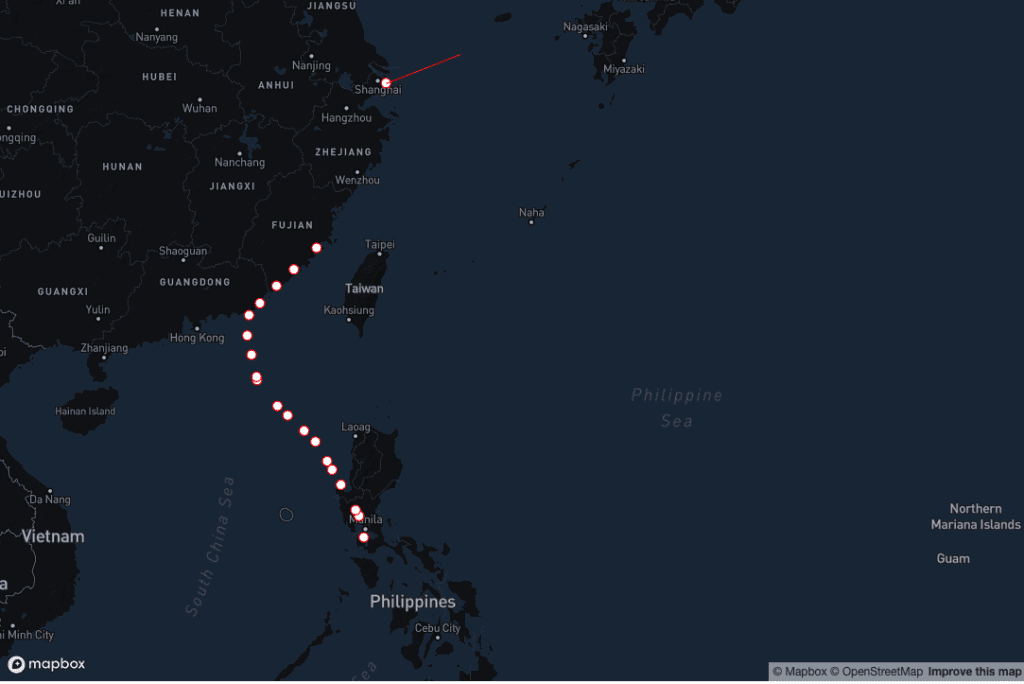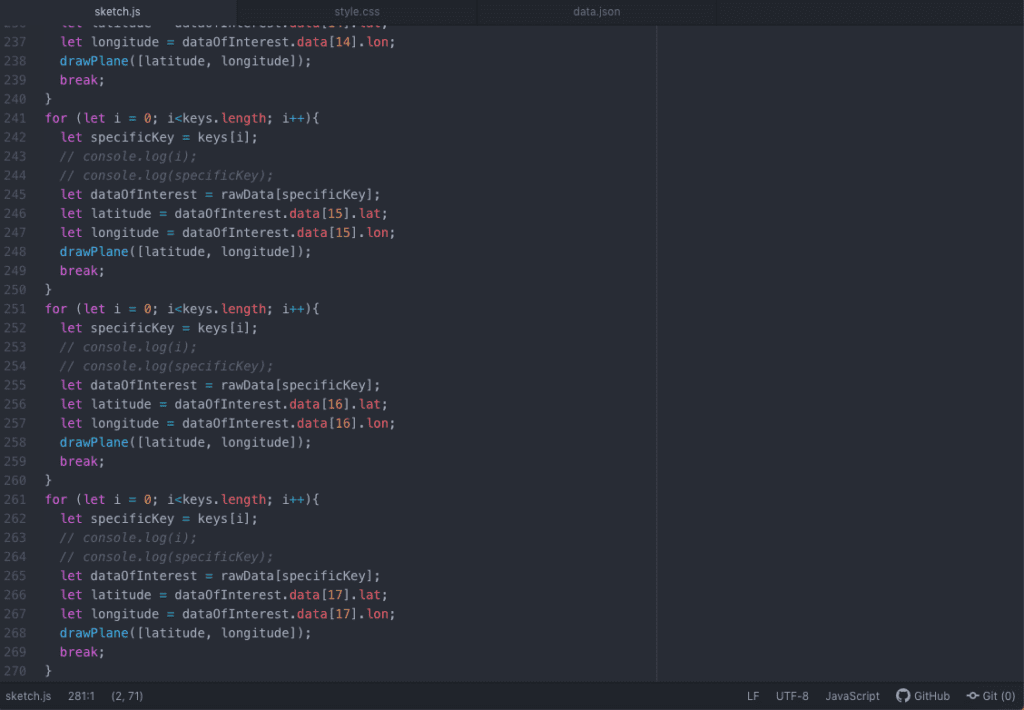Collaborative Project Development – Geocinema
Hope Myers, Theresa Lin, Vicky Chen
March 25th 2019
Shanghai: The Sinking City
https://drive.google.com/file/d/1JceFybAID001YDOmid5qdkas_CKWLiEz/view?usp=sharing
In the beginning we struggled a little bit because we did not completely understand the concept. We originally decided to focus on the area of Lujiazui but were having trouble relating it to the concept of weather. After spending a lot of time on google we found a paper talking about the subsidence of Shanghai and after researching the issue more and finding it very interesting we decided to base our geocinema video on that. However we also still focused on Lujiazui and the bund because those are the areas with the tallest buildings and most subsidence.
We started off storyboarding using the five categories Solveig and Asia showed us in their workshop and from there we were able to create more of a timeline. The structure of the video is based of the history and development of Shanghai as a land mass as well as a city.
When deciding what assets to use for our video we had a bit of trouble originally because the concept of subsidence is hard to show since the movement is so slow and we also could not film underground. We decided to shoot mostly cityscapes, people, and the metro to cover all the aspects that impact ground subsidence. We also found some graphs and timelapses online. One thing we wanted to shoot ourselves was the cracks or sinkholes on the streets, however since they get repaired very quickly we did not find any and instead used pictures posted by other people.Vicky also hand drew an outline of the Shanghai skyline which we used to create a stop motion animation. With Ann’s suggestion to create a clip of what we imagine the future of Shanghai to look like, we submerged the drawing of the Bund in water to blur the ink. This created the illusion and our interpretation of what Shanghai would be in the near future. We felt like it would give our viewers a more tangible image of the importance of this issue.
Because we already had a good idea of what direction we wanted to take our film in, the editing process was fairly simple. All we had to do was combine the footage and photos into an order that matched with our script. We also decided to add subtitles so it would be easier for the audience to understand clearly what was being narrated in the video. We added Chinese translation because it’s an especially important topic for Chinese speakers since our video is about Shanghai.
Overall we are pretty happy with how the film turned out and I think it captures the story that we were trying to tell. If we were to work on it more in the future, and maybe make it a longer film, it would be nice to be able to find some of the cracking streets as they happen. It would also be interesting to extend the story line more to include the aspect of climate change and rising sea levels and that impact on Shanghai’s elevation, as well as interviewing some local people or government officials to see what they know about the problem and what things can be done to prevent it.
